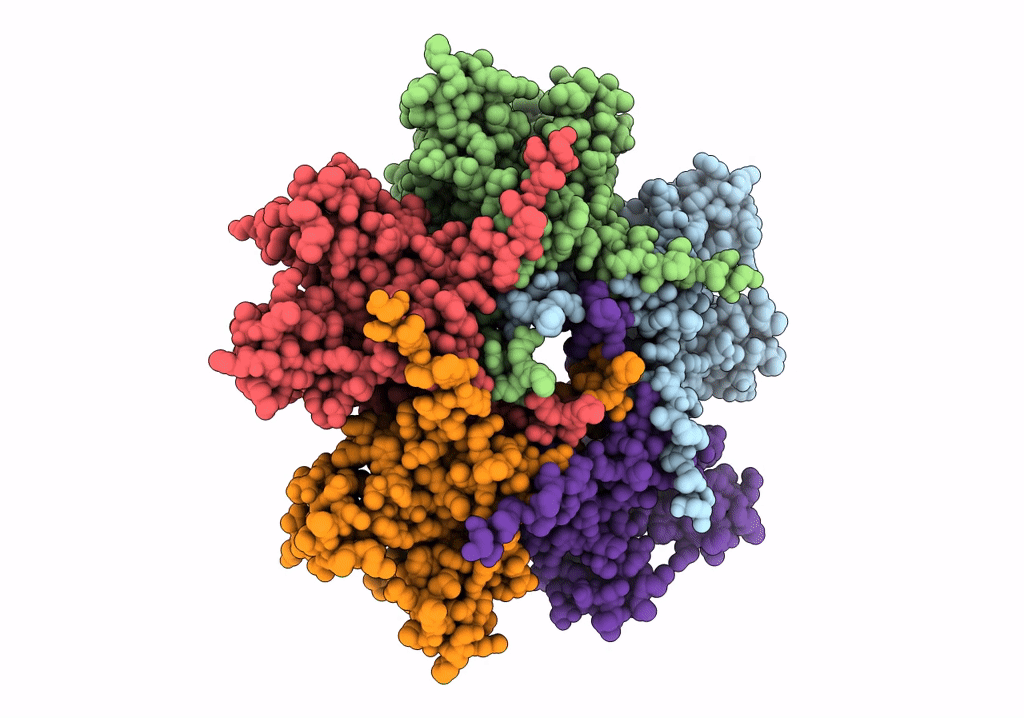
Deposition Date
2021-06-09
Release Date
2022-05-11
Last Version Date
2024-07-17
Entry Detail
PDB ID:
7OT9
Keywords:
Title:
Structure of the AI-2 exporter family protein YdiK from E. coli
Biological Source:
Source Organism:
Escherichia coli (strain K12) (Taxon ID: 83333)
Host Organism:
Method Details:
Experimental Method:
Resolution:
2.80 Å
Aggregation State:
PARTICLE
Reconstruction Method:
SINGLE PARTICLE


